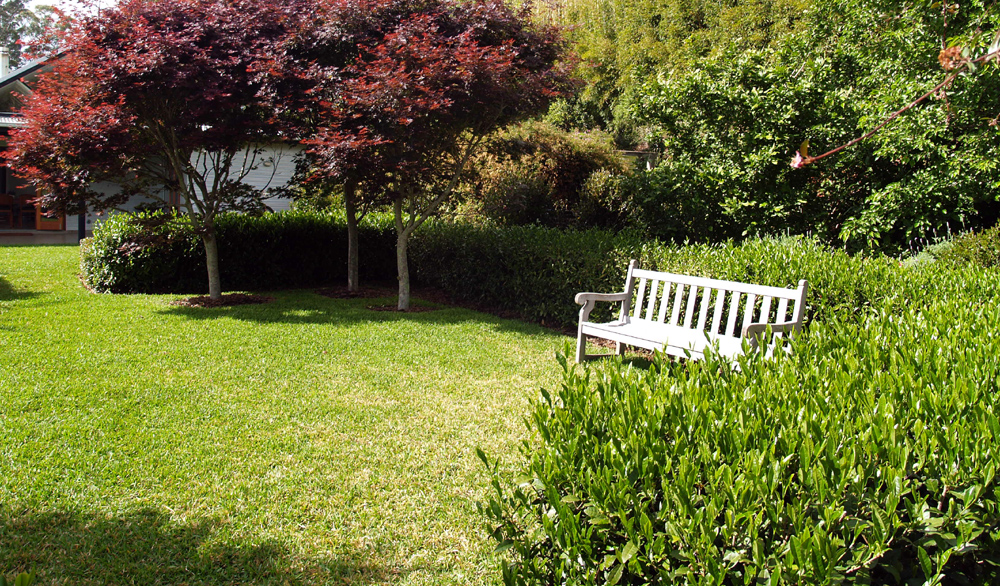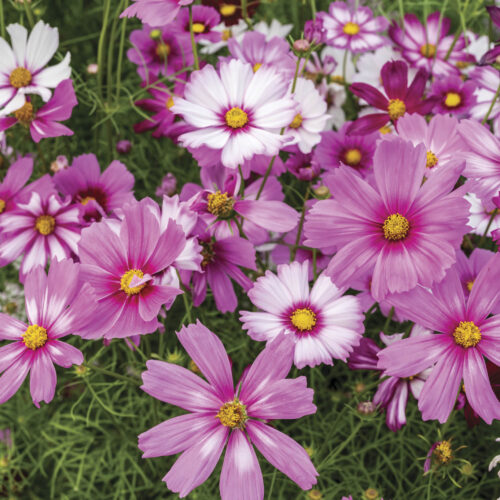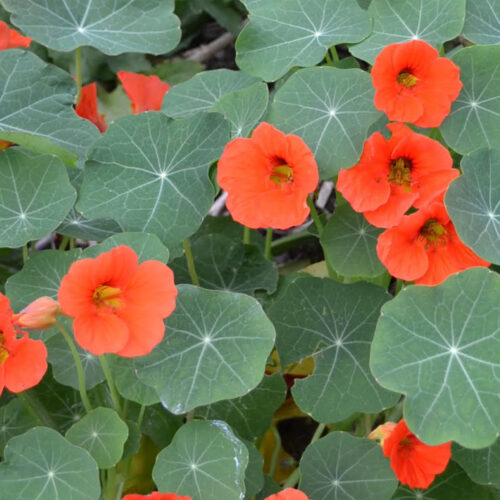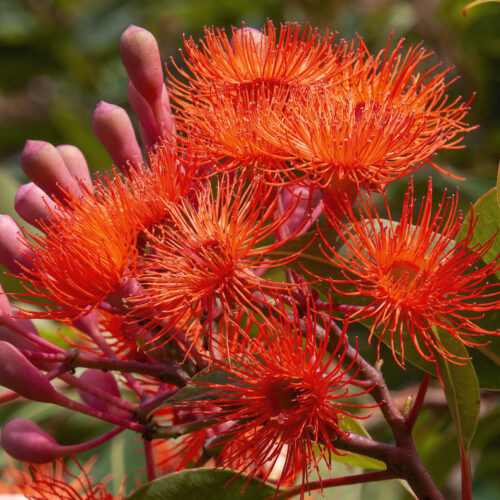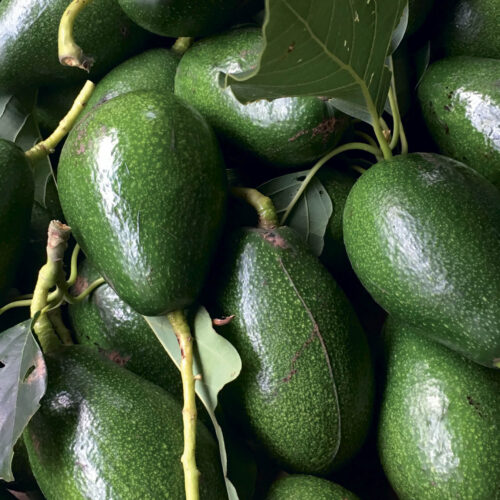How to have your hedge and eat it too
2011-07-07T01:01:04+10:00
There's no need for plants to be classed as either ornamental or edible. In a productive garden they can be both. JUSTIN RUSSELL makes hedges that look pretty, and taste good too.
The longer I garden, the more I realise that the distinction between ornamental plants, and productive plants, is completely bonkers. Obviously, some plants that are not edible, and are therefore used primarily for ornamental purposes. But the reverse notion that some plants are edible, and therefore not ornamental is simply untrue. I can think of a whole host of edible plants that are just as decorative as their so called ornamental counterparts, yet have the added bonus of being useful to the gardener beyond good looks. Consider a persimmon tree in autumn, or an almond tree in spring. A fruit laden orange tree. All are stunningly beautiful, and make a mockery of the idea that edible plants belong in a distinct class of their own.
My garden is being made to feed my family and friends. But I’m still keen for it to look good, so at every opportunity, I love nothing more than smashing to bits the well mannered gardener’s distinction between what’s ornamental and what’s edible. My approach isn’t necessarily new. In the UK and Europe, country gardeners have been using edibles in ornamental ways for centuries.
Hedging is a good example. In Britain, hedges are often informal and generally comprise a mix of species, most of which produce edible fruit or nuts. Here in Australia, however, we favour the purely ornamental, single species, formal hedge. In my neck of the woods, photinia is the hedging plant of choice. It’s tough and reliable, which means that it’s absolutely everywhere.
By contrast, hedges made from edible plants are few and far between. In my own garden, there is a small photinia hedge (made from a darker leaf variety called ‘Camilvy’), but my focus these days is primarily on planting hedges that serve three purposes: practicality, such as an ability to filter the wind; ornamentation, good looks and fragrant flowers; and eat-ability, producing edible fruit, nuts or leaves. To this end, I’ve planted a pomegranate hedge, and I’m preparing to plant a new hedge of seedling feijoas.
If you’re keen to try something similar in your garden, there is a wide range of plants to choose from. For cool temperate areas, hazelnuts make an excellent hedge, and because they are wind pollinated, actually do better when planted close to each other. You could try a “wild plum” hedge made up of damsons and sloes, or in subtropical areas, an informal citrus hedge. Don’t forget that rose hips are edible. If you have a cottage style garden, how about an attractive, productive hedge from rugosa roses. Rugosas are called sea tomatoes in Japan, because of their prolific, cherry tomato sized fruit.
Some gardening rules are crying out to be broken. Ornamental/edible is a good one to start with.

